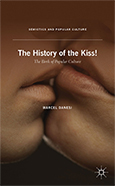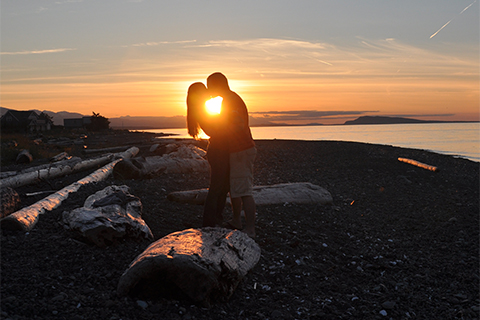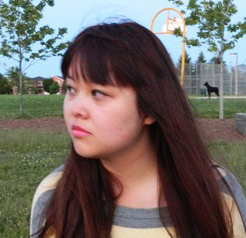“Since the invention of the kiss, there have been five kisses that have been rated the most passionate, the most pure – this one left them all behind,” says the narrator as Westley and Buttercup lock lips at the end of the 1987 romantic comedy The Princess Bride. If kissing isn’t instinctual, but “invented,” then when did it become an iconic symbol of love?
 U of T semiotics professor Marcel Danesi’s book The History of the Kiss! is a study of this sensuous and powerful act. Danesi traces the romantic kiss back to the medieval period, where he believes it first originated. Kissing is mentioned in the ancient world, but it carried a different meaning than it does today, he says.
U of T semiotics professor Marcel Danesi’s book The History of the Kiss! is a study of this sensuous and powerful act. Danesi traces the romantic kiss back to the medieval period, where he believes it first originated. Kissing is mentioned in the ancient world, but it carried a different meaning than it does today, he says.
For Mesopotamians, for example, the act of blowing kisses was a means to gain favour from the gods. In Persia, as recorded by Herodotus, a man of equal ranking was greeted with a kiss on the lips, whereas one of a lower rank was greeted with a kiss on the cheek. In the Kama Sutra, kissing was depicted not as romantic, but as a sexual act and tool for arousal.
During the Middle Ages in Europe, women were essentially “sold” into marriages to improve the economic standing of their families. Love was not seen as related to marriage, so women began to seek their own romantic destinies outside of arranged courtship – it was then that the kiss became a symbol of romantic “rebellion” and empowerment. “A woman would seek a life mate who worshipped her, not her family – and that man would get her kiss.”
One of the stories that emerged from the medieval period – and made famous years later by Shakespeare – is that of Romeo and Juliet. The star-crossed lovers dared to go against the status quo and follow their hearts. In the original story, their kiss was seen as a betrayal of the two rival families.
By Shakespeare’s version, however, it is a profound act of love. After drinking poison in front of Juliet’s “corpse,” Romeo kisses her and utters the words: “Thus with a kiss I die.” Here, the act takes on much more meaning than a prelude to sex. “The kiss evolves into a symbol of everlasting love,” says Danesi.
In today’s electronic global village, the kiss has begun to affect culture-specific practices of romance around the world, with the Internet spreading popular culture through music, film and literature. Danesi points out that this is also a good indication that kissing is not instinctual or imprinted in our genes – it’s something we’ve picked up from observing our environment and traditions. “Picture a child watching two lovers kissing passionately,” he says. “Their gut reaction would be ‘Ew!'”
When asked about the exclamation mark in the title, Danesi chuckles. “The kiss is a product of women taking charge of their own romantic destinies,” he says. “The kiss has changed the world!”
Five Fun Facts about Kissing and Romance from The History of the Kiss!
1. The scientific study of kissing is known as philematology
2. The German language has names for 30 different types of kisses, including Nachkuss, which means “a kiss making up for kisses that have not been given”
3. Cleopatra might have used her lips to seduce both Caesar and Antony, since history records that she used carmine and henna lipstick
4. Anthropologists estimate that about 10 per cent of human cultures do not kiss
5. Husbands who kiss their wives on a regular basis live five years longer on average than those who do not






